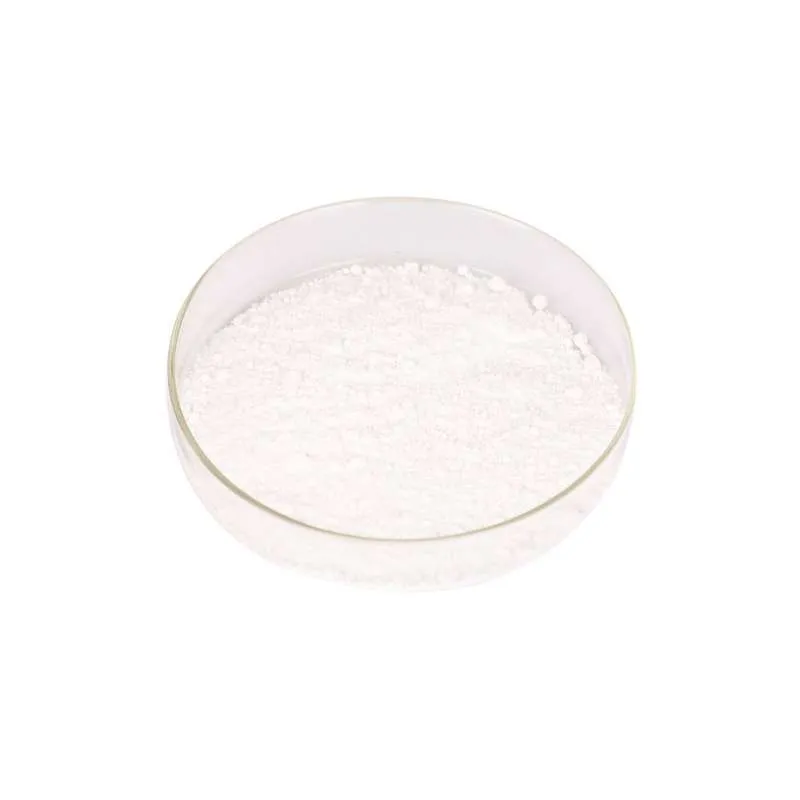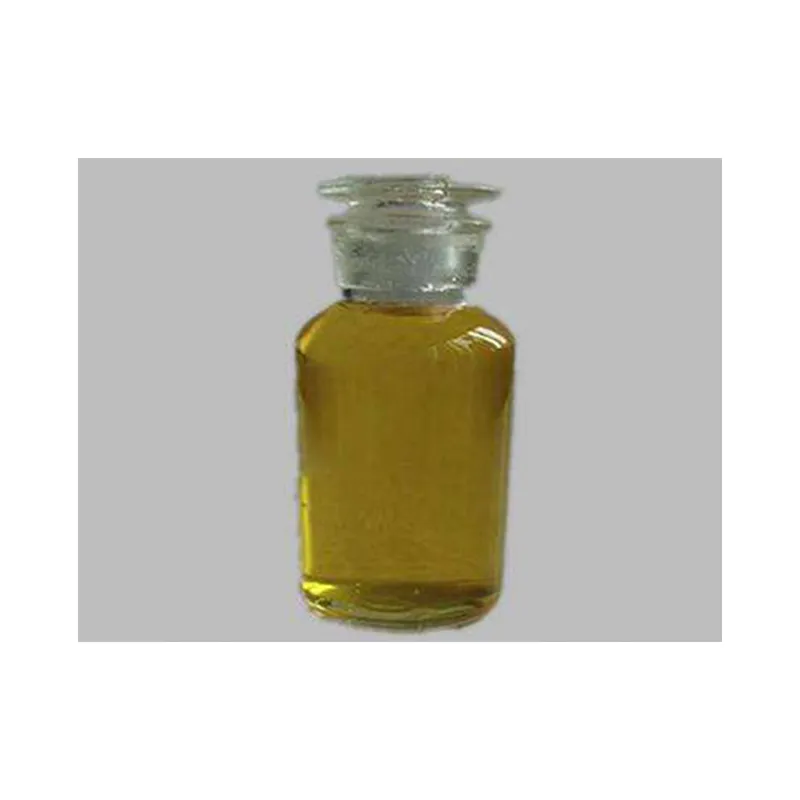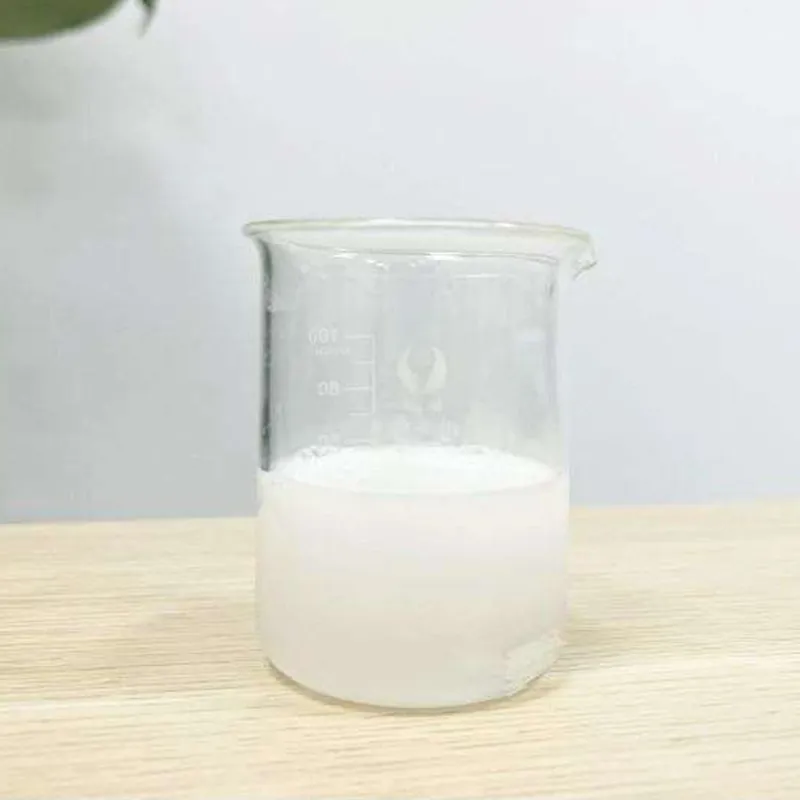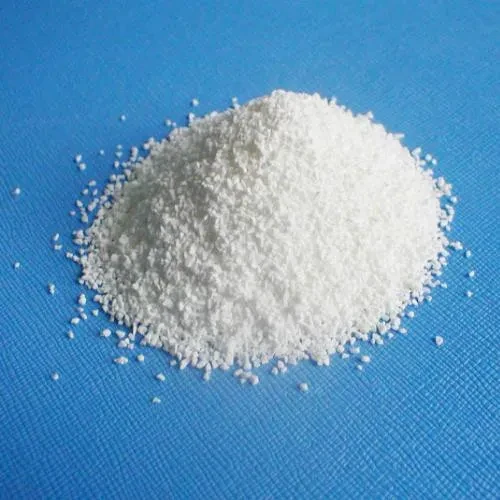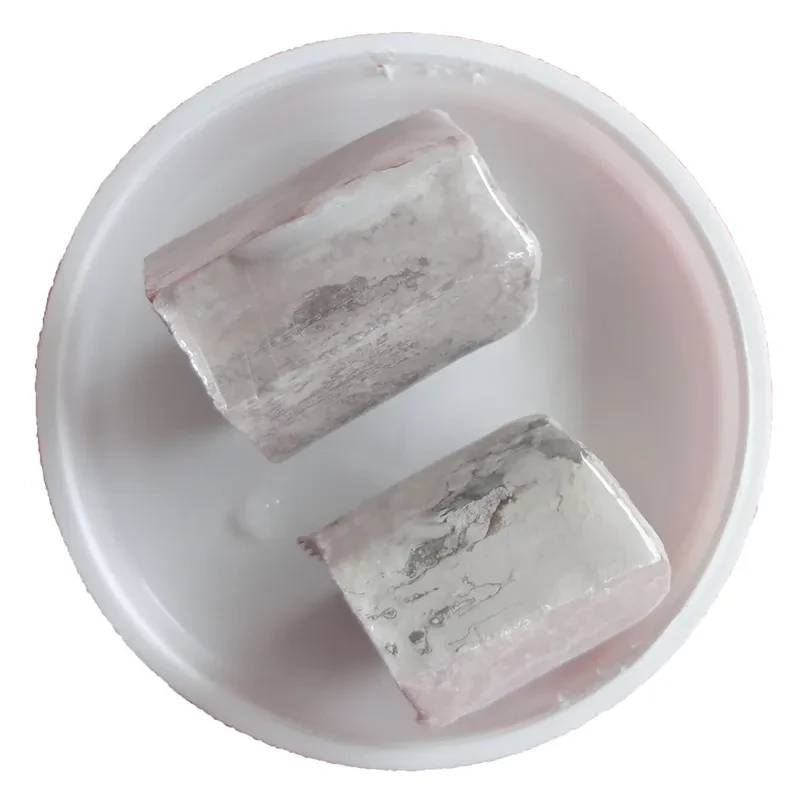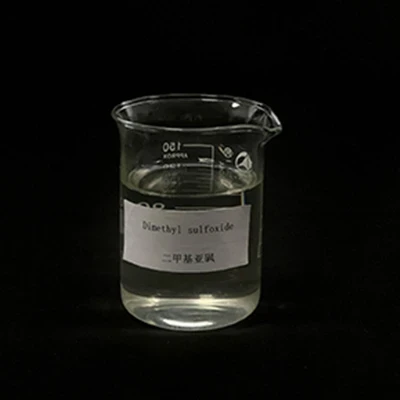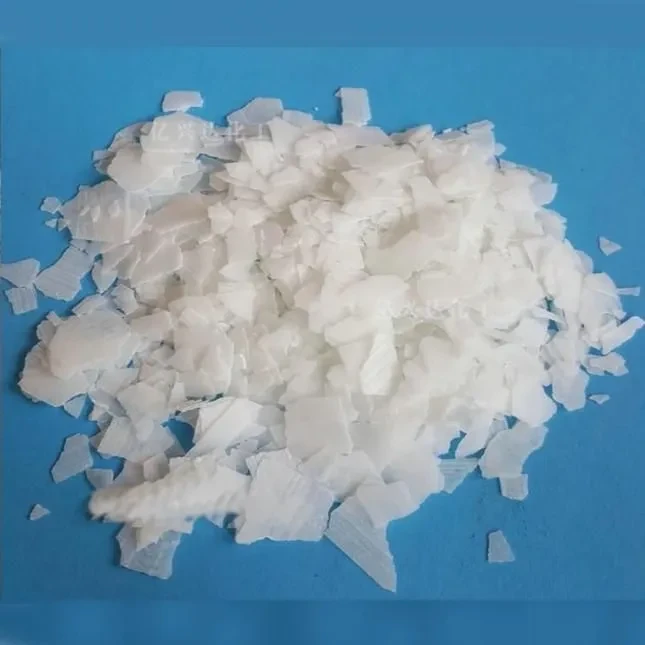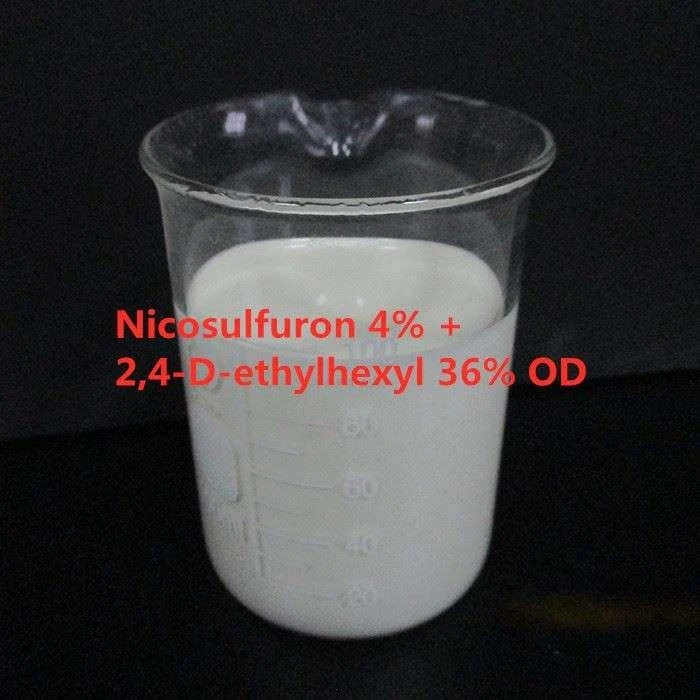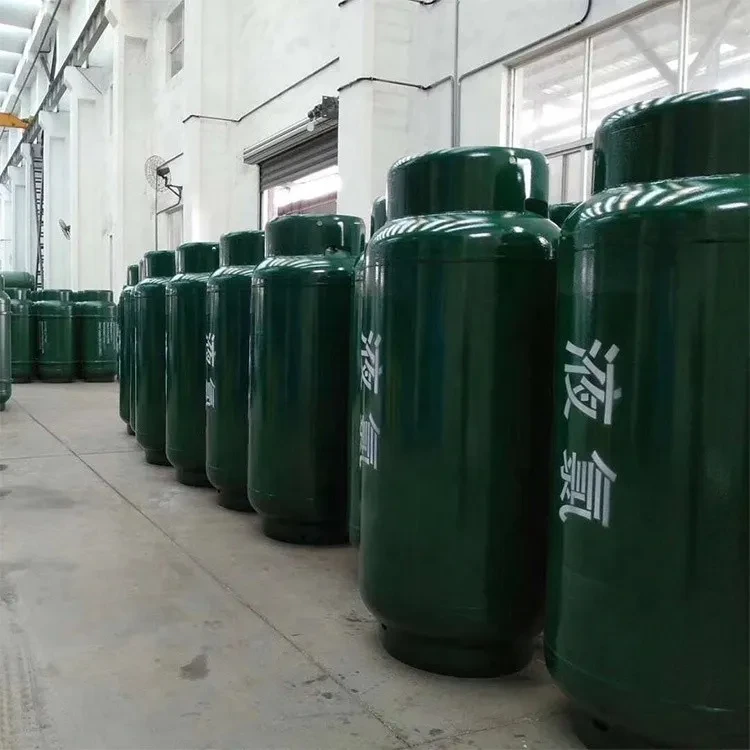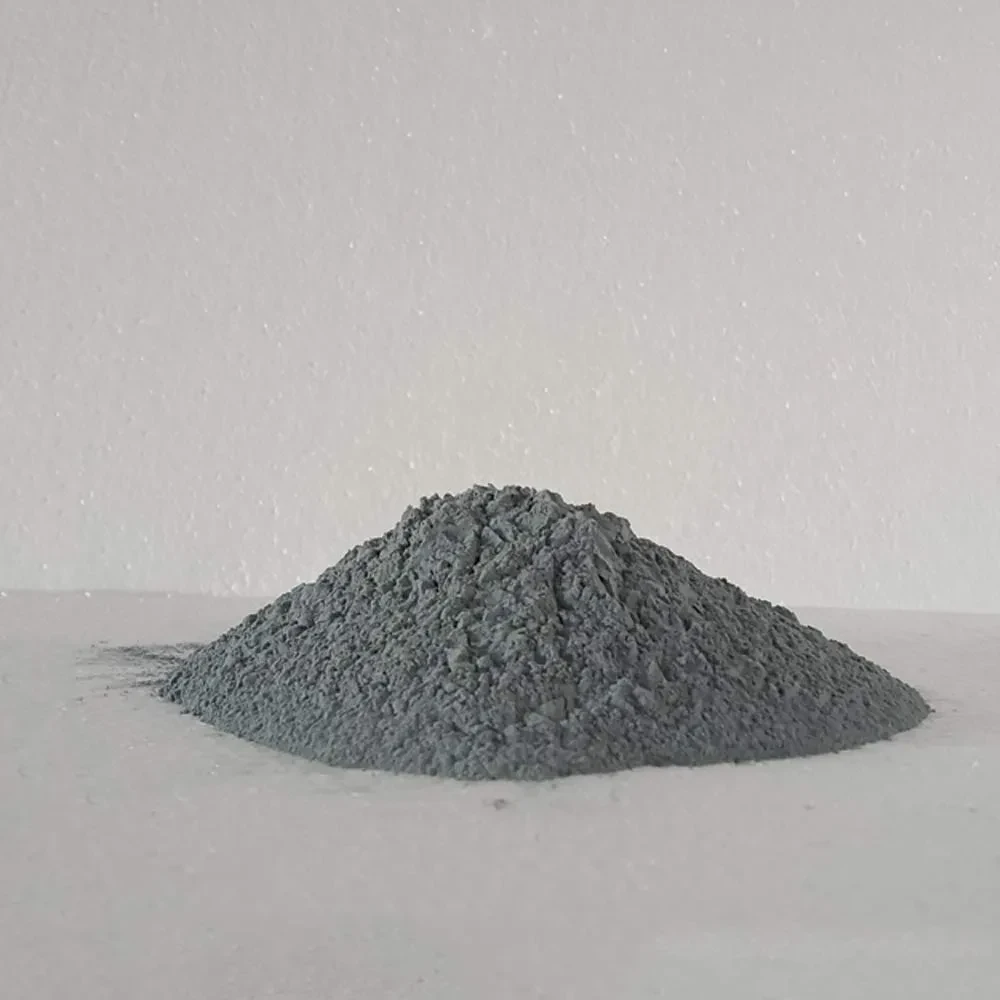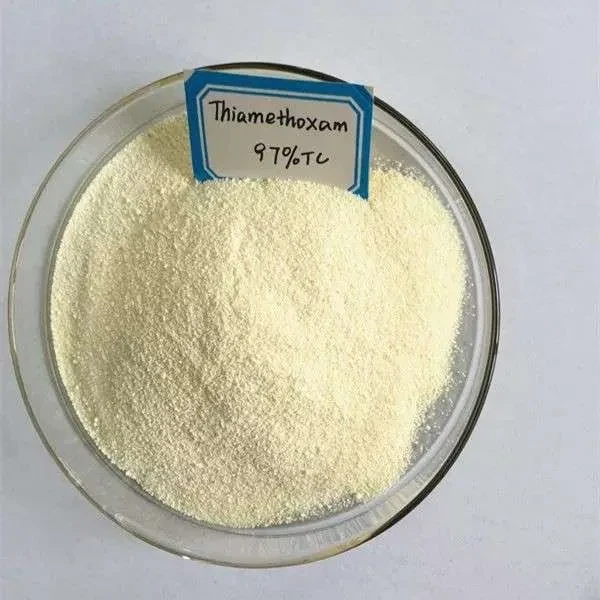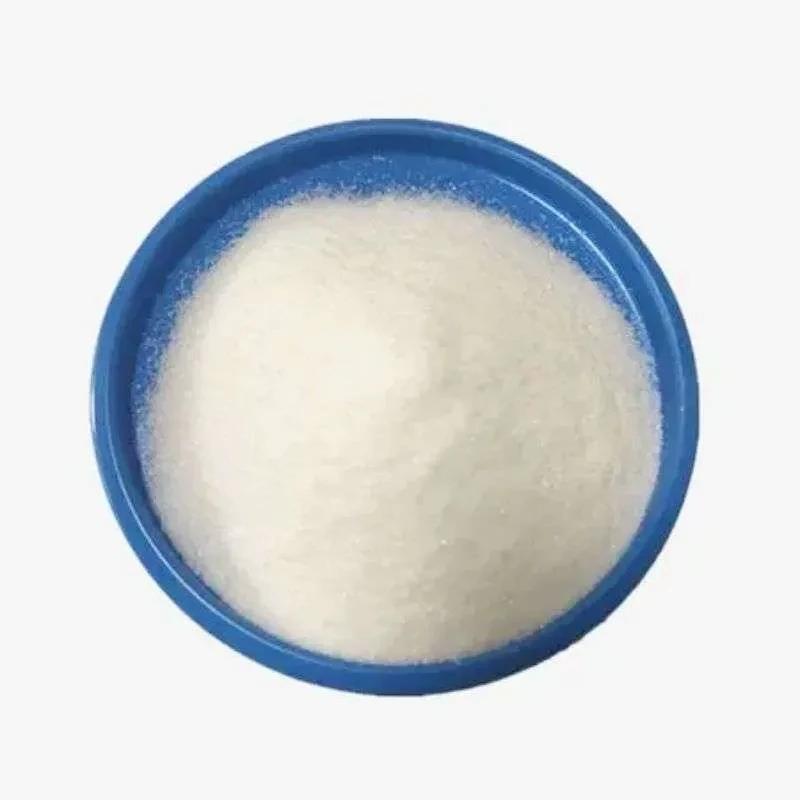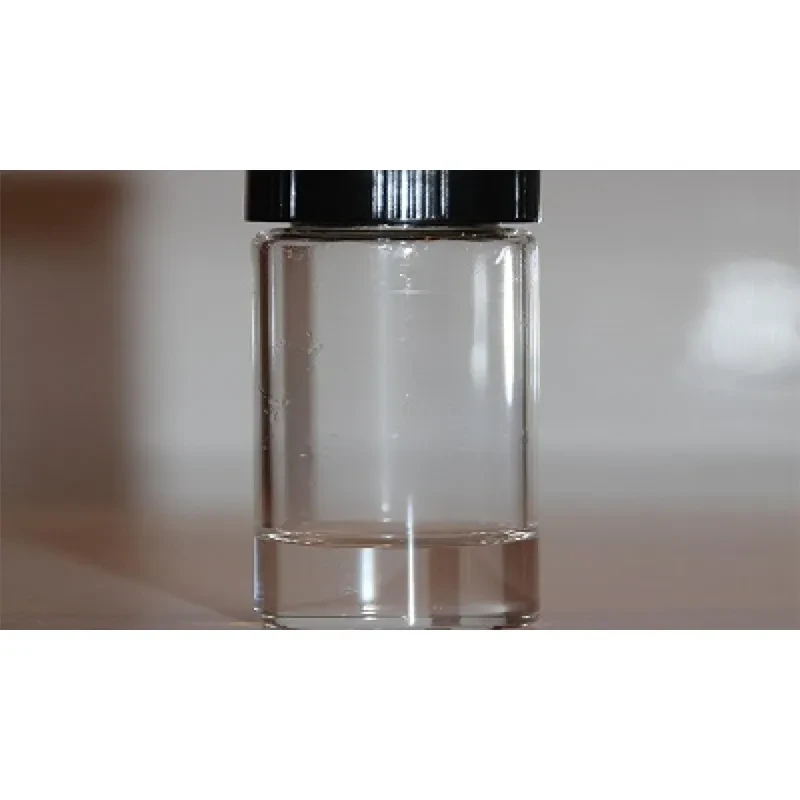Density 1.4±0.1 g/cm3
Boiling Point 463.1±55.0 °C at 760 mmHg
Molecular Formula C17H13ClFN3O
Molecular Weight 329.756
Flash Point 233.9±31.5 °C
Exact Mass 329.073120
Vapour Pressure 0.0±1.1 mmHg at 25°C
Index of Refraction 1.659
Storage condition 0-6°C
Hazard Codes Xn: Harmful;N: Dangerous for the environment;
Risk Phrases R40;R51/53;R62;R63
Safety Phrases S36/37-S46-S61
RIDADR UN 3077
HS Code 2933199090
Epoxiconazole, with the chemical formula C17H13ClFN3O, has the CAS number 106325-08-0. It is a fungicide belonging to the class of triazoles. It appears as a white crystalline solid with a faint, sweet odor. Its basic structure consists of a chlorine atom, a fluorine atom, and a nitrogen-containing ring attached to a carbon atom. This compound is slightly soluble in water. Epoxiconazole is considered to be of low toxicity to humans and animals. However, it may cause skin and eye irritation. It is recommended to wear protective clothing and avoid direct contact with the skin or eyes when handling this chemical. Epoxiconazole is also harmful if swallowed or inhaled. It is important to handle and store this chemical in a well-ventilated area to avoid exposure to toxic fumes. The primary hazard is the potential for environmental contamination. Epoxiconazole should be used with caution to prevent its spread to the environment, as it can contaminate soil and water sources.
Applicable Fields
Agriculture: Epoxiconazole is widely used as a fungicide in agriculture. Its purpose in this field is to control fungal diseases in crops, such as wheat, barley, and rice. The mechanism of action involves inhibiting the biosynthesis of ergosterol, a vital component of fungal cell membranes. By disrupting the integrity of the cell membrane, epoxiconazole effectively prevents the growth and reproduction of fungi, thus protecting crops from disease.
Horticulture: Epoxiconazole is also used in horticulture to control fungal diseases in ornamental plants and trees. Its mechanism of action is similar to its use in agriculture, where it inhibits the biosynthesis of ergosterol in fungal cells, leading to their death. This helps maintain the health and appearance of ornamental plants and trees.



